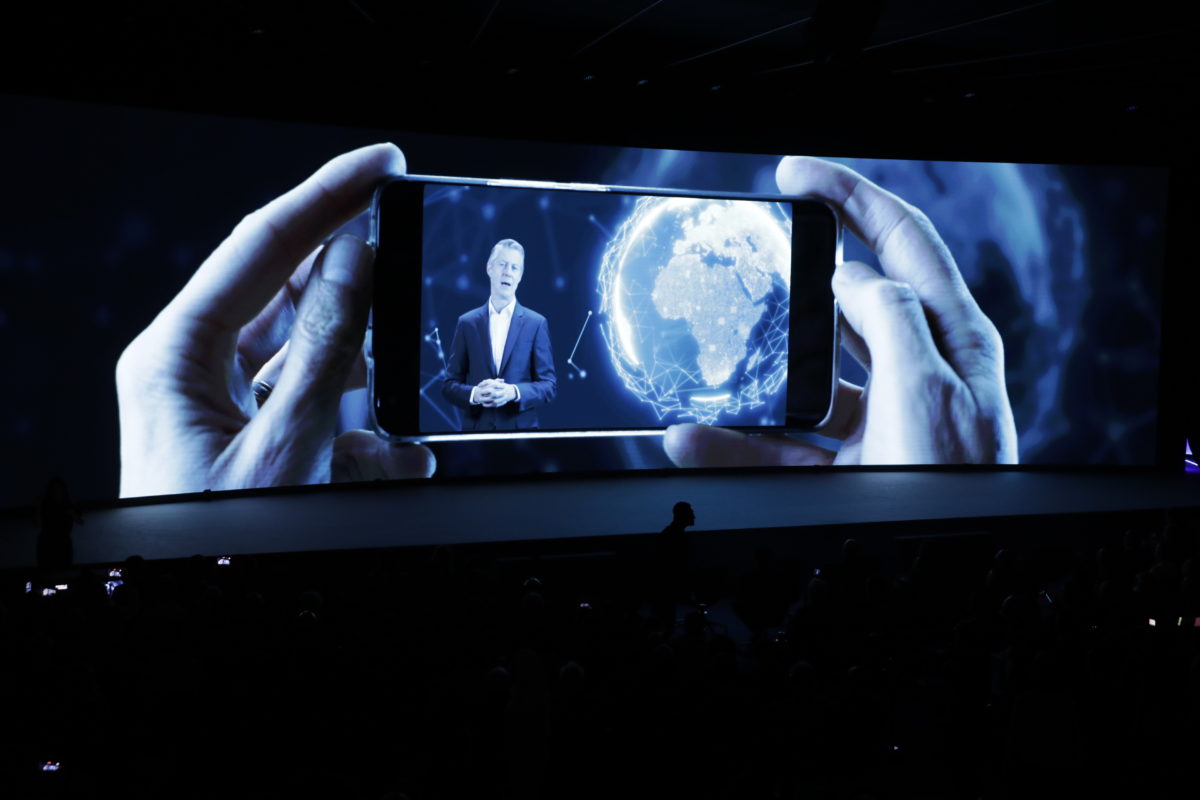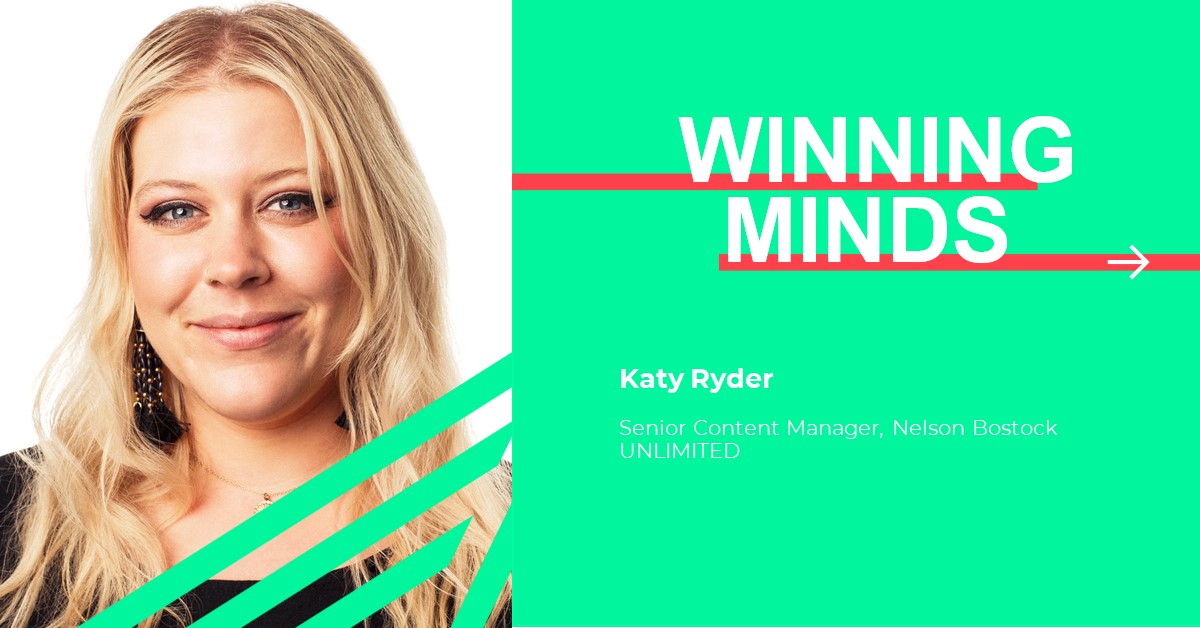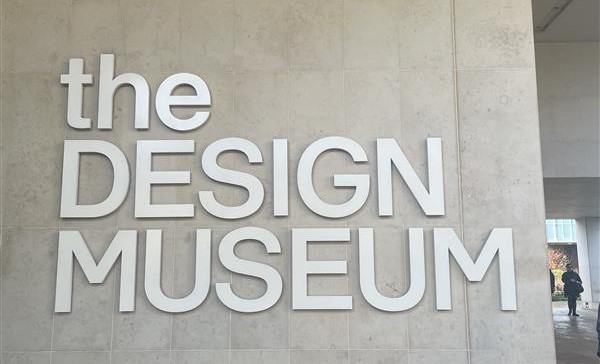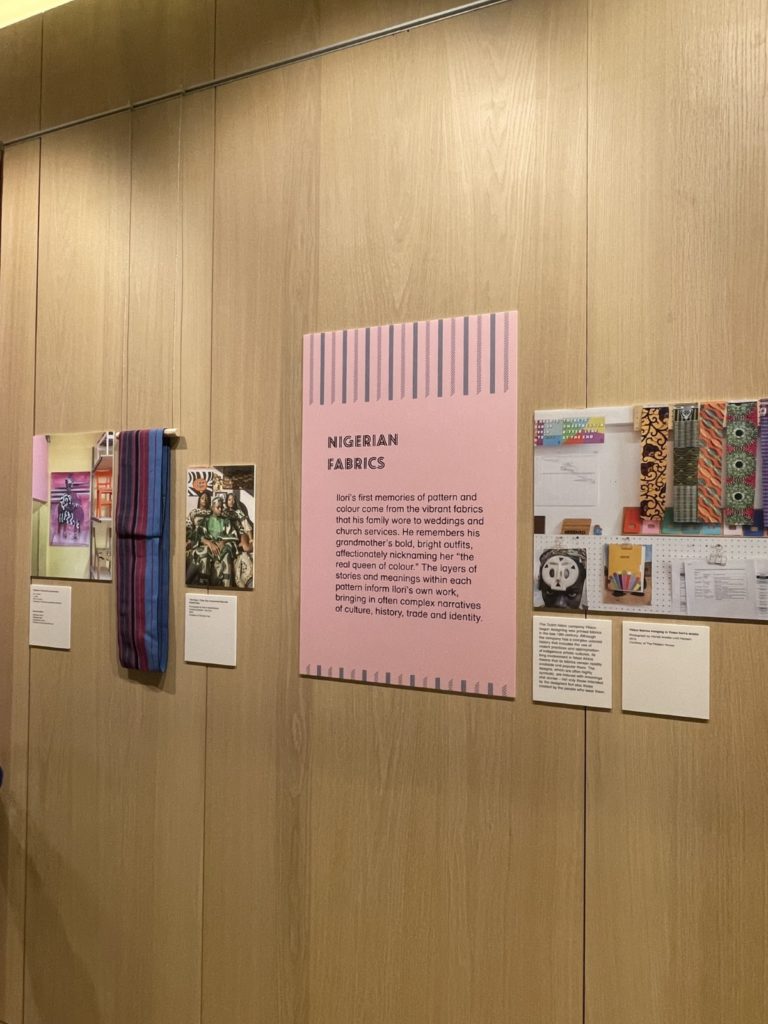PR professionals have had a busy couple of weeks – though perhaps not quite as busy as the Chancellor. Hot on the tails of the dramatic collapse of SVB and rescue of its UK arm (a story that hit tech like an earthquake) came Jeremy Hunt’s long-awaited Spring Budget announcement on Wednesday 15th.
So much change is dizzying. You’d be forgiven for holding your breath and waiting for it all to play out. But for the ambitious and brave businesses out there, the angles and opportunities are almost limitless. We’ve seen proactive comment shared on everything from the Budget’s ‘levelling up fund’ to the new ‘plan for quantum’, or otherwise offering opinions on the leadership failings of SVB.
Why is it important? An announcement as significant as this has enormous implications for the next few years at the very least, and an effect on a huge number of people and industries. It’s an opportunity to connect to wider and new audiences, and contribute to the debate. As both the press and public seek out expert commentary, our clients have a great opportunity to step forwards.
To do this well and respond – in near real time – to big political moments, you have to be mindful of the life cycle of the story. And remember this timeline – it might save your left one day:
1. BEFORE: do your research
The good news is that announcements as big as the Spring Budget require the government to undertake a lot of forward planning. That means you can be certain of a fast-moving rumour mill to help inform your research.
Contention creates news – and journalists are always willing to hear a different perspective. So, in the run up, ask yourself what aspects of the announcement could be controversial? What claims may need verifying? What are the main sources of debate?
Until the news breaks, there’s no certainty that what you’re hearing is entirely correct – but that doesn’t mean you can’t prepare. In the days (and sometimes weeks) before a big announcement, keep an ear to the ground and an eye on the news.
Ideally, you’ll have a pre-approved comment on standby prior to any announcement going ahead. Stay on message, but remember that from a journalists’ point of view, the bolder the better. To cut through the noise on such a competitive hijacking opportunity, insights need to be fresh, consequential and even divergent from the main narratives.
Planning ahead allows you to respond quickly to the news when it does land – and that responsiveness pays dividends when it comes time to pitch.
2. DURING: have someone ‘on the ground’
If the past few years have taught us anything, it’s that none of us can truly predict with any certainty what’s around the corner. No matter how prepared you are, or how comprehensive you believe your research to be, it’s vital to have someone watching the announcement in real time.
If you’ve drafted a comment beforehand, you’ll be in a better position when most are scrambling to respond – but you still need to be ready to react to any surprises, additions, or last minute changes.
Additionally, with less pressure on the need to draft and communicate with clients, this time can be used to study the wider context – to stay mindful of the response the news is receiving, and use this understanding to guide your comms.
Remember to consider what isn’t being said. Sometimes silence on a particular topic speaks volumes – another potential source of debate.
It’s undoubtedly a delicate balance. Being aware of the wider context around an announcement – and the optics involved – are just as important as the message you craft, especially considering the often divisive nature of such political announcements and news stories.
3. AFTER: don’t lose momentum
As the ripples from the initial announcement begin to spread, opportunities to comment often pick up, rather than slow down.
In the days and weeks after any announcement there’s a huge opportunity to take advantage of additional news hooks. This is also the time to tap into editorial opportunities, and land bigger features.
As the political opposition, industry leaders, and individual organisations measure the impact of news, you’ll often find a wider debate beginning to form. Think feature pieces, letters to editors, and comments on the wider industry are often sought after, provided you have something unique to add.
As momentum builds, and stories spread, it becomes more vital than ever to keep focused in order to capitalise on opportunities as and when they arise.
//
So there you have it. Don’t shy away from political moment. Navigate them well and your impact can be stratospheric.
Have a comment that needs to be heard?
If you’ve got something to say – let’s talk. We’ll help you define your voice, sharpen your story, and get your messages out there.
Reach out to our Business Development Manager: Sarah.Alexander@unlimitedgroup.com
Or contact info@nelsonbostock.com


















